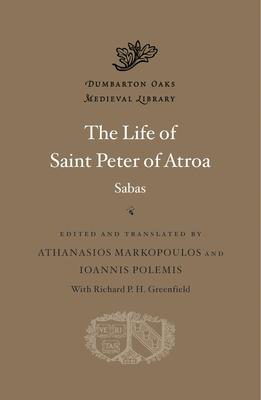An authoritative new Greek edition and English translation of the life of a notable Byzantine monastic leader.
Saint Peter of Atroa (773-837 CE) was a Byzantine monastic leader, remembered primarily as cofounder and abbot of the influential monastery of Saint Zachariah at Atroa, below the holy mountain of Olympos in Bithynia. Peter sought to live in tranquility and solitude, traveling to the various monasteries he established in northwestern Asia Minor and occasionally joining other notable monastic figures. However, his resistance to the Iconoclast policies of imperial regimes in Constantinople during the first half of the ninth century led to his persecution and the temporary dispersal of his communities. Although he was evidently regarded with suspicion by some of his contemporaries, he gained a reputation as a miracle worker and his tomb became the site of a healing cult in the years after his death.

An authoritative new Greek edition and English translation of the life of a notable Byzantine monastic leader.
Saint Peter of Atroa (773-837 CE) was a Byzantine monastic leader, remembered primarily as cofounder and abbot of the influential monastery of Saint Zachariah at Atroa, below the holy mountain of Olympos in Bithynia. Peter sought to live in tranquility and solitude, traveling to the various monasteries he established in northwestern Asia Minor and occasionally joining other notable monastic figures. However, his resistance to the Iconoclast policies of imperial regimes in Constantinople during the first half of the ninth century led to his persecution and the temporary dispersal of his communities. Although he was evidently regarded with suspicion by some of his contemporaries, he gained a reputation as a miracle worker and his tomb became the site of a healing cult in the years after his death.